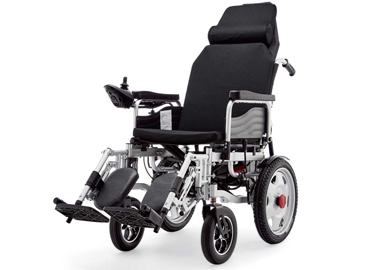Welcome to our websites!
Optimizing Stool Management for Enhanced Patient Care and Comfort
Understanding Operating Stool A Key Component in Healthcare
In the realm of healthcare, every detail, no matter how seemingly small, plays a significant role in ensuring effective patient care and operational efficiency. One essential yet often overlooked piece of medical equipment is the operating stool. This article delves into the importance, design, and functionality of operating stools in surgical settings, shedding light on how they contribute to successful healthcare outcomes.
The Importance of Operating Stools
Operating stools are specifically designed seating solutions for medical professionals during various types of procedures. Unlike standard chairs, they are tailored to meet the unique demands of an operating room environment. The primary purpose of an operating stool is to provide comfort and support to surgeons, nurses, and assistants while they perform intricate procedures requiring precision and focus.
One significant advantage of operating stools is their ergonomic design, which promotes proper posture and minimizes fatigue during long surgical hours. Surgeons often spend several hours standing or maneuvering in tight spaces; having a customizable seating option allows them to adjust their height and position easily. This adaptability not only enhances comfort but also helps maintain focus, ultimately contributing to better patient outcomes.
Design Features of Operating Stools
Operating stools come with a range of design features that make them suitable for the demanding environment of operating rooms. Key characteristics of these stools include
1. Height Adjustability Most operating stools feature height-adjustable mechanisms, allowing medical professionals to raise or lower the stool according to their individual needs. This flexibility is crucial for achieving the right working height for different surgical procedures.
2. Mobility Many operating stools are equipped with five-star bases and casters, enabling easy movement around the operating room. Mobility is essential in fast-paced environments where medical staff need to traverse between instruments, monitors, and the surgical team without interruption.
operating stool

3. Stability Stability is a vital aspect of operating stools. They are designed with robust bases that provide a strong foundation, ensuring that healthcare professionals can move comfortably without the risk of tipping or losing balance, even when leaning or shifting weight.
4. Easy to Clean The materials used for operating stools are usually non-porous and resistant to spills and stains. This feature is imperative in maintaining hygiene standards in healthcare settings, as operating rooms must be kept sterile to prevent infections.
5. Supportive Design Many operating stools come with contoured seats and backrests that support the lumbar region. This thoughtful design feature reduces the risk of back pain and discomfort, allowing surgeons to remain focused on their tasks.
The Role of Operating Stools in Enhancing Patient Care
The impact of operating stools extends beyond mere convenience for medical professionals. By promoting proper ergonomics and comfort, these stools enable healthcare providers to perform their work more effectively. Studies have shown that when professionals are comfortable, they are less likely to experience fatigue, leading to better concentration and improved surgical precision.
Furthermore, the effectiveness of an operating room is also gauged by the teamwork and communication between staff during procedures. Operating stools that allow for easy movement encourage better collaboration among surgeons, nurses, and anesthetists, ensuring that everyone can access necessary tools and assist when needed swiftly.
Conclusion
Operating stools might not be the most celebrated pieces of surgical equipment, but their importance cannot be understated. By providing comfort, stability, and mobility, these stools play a critical role in enhancing the overall efficiency of healthcare practices. In an industry where every detail matters, investing in quality operating stools can lead to better surgical outcomes, ultimately benefiting both healthcare providers and their patients. As medical technology evolves and the demands of healthcare increase, the operating stool remains a timeless tool, adapting to meet the needs of modern surgical environments.
-
Transforming Healthcare with Hospital FurnitureNewsJun.24,2025
-
Rehabilitation EquipmentNewsJun.24,2025
-
Mobility and Independence with WheelchairsNewsJun.24,2025
-
Freedom of Mobility with Our Rollator WalkersNewsJun.24,2025
-
Comfort and Independence with Commode ChairsNewsJun.24,2025
-
Bathing Safety and Independence with Shower ChairsNewsJun.24,2025
-
Navigating the Wholesale Landscape of Electric Mobility Solutions: Key Considerations for Power Wheelchair DealersNewsJun.10,2025











